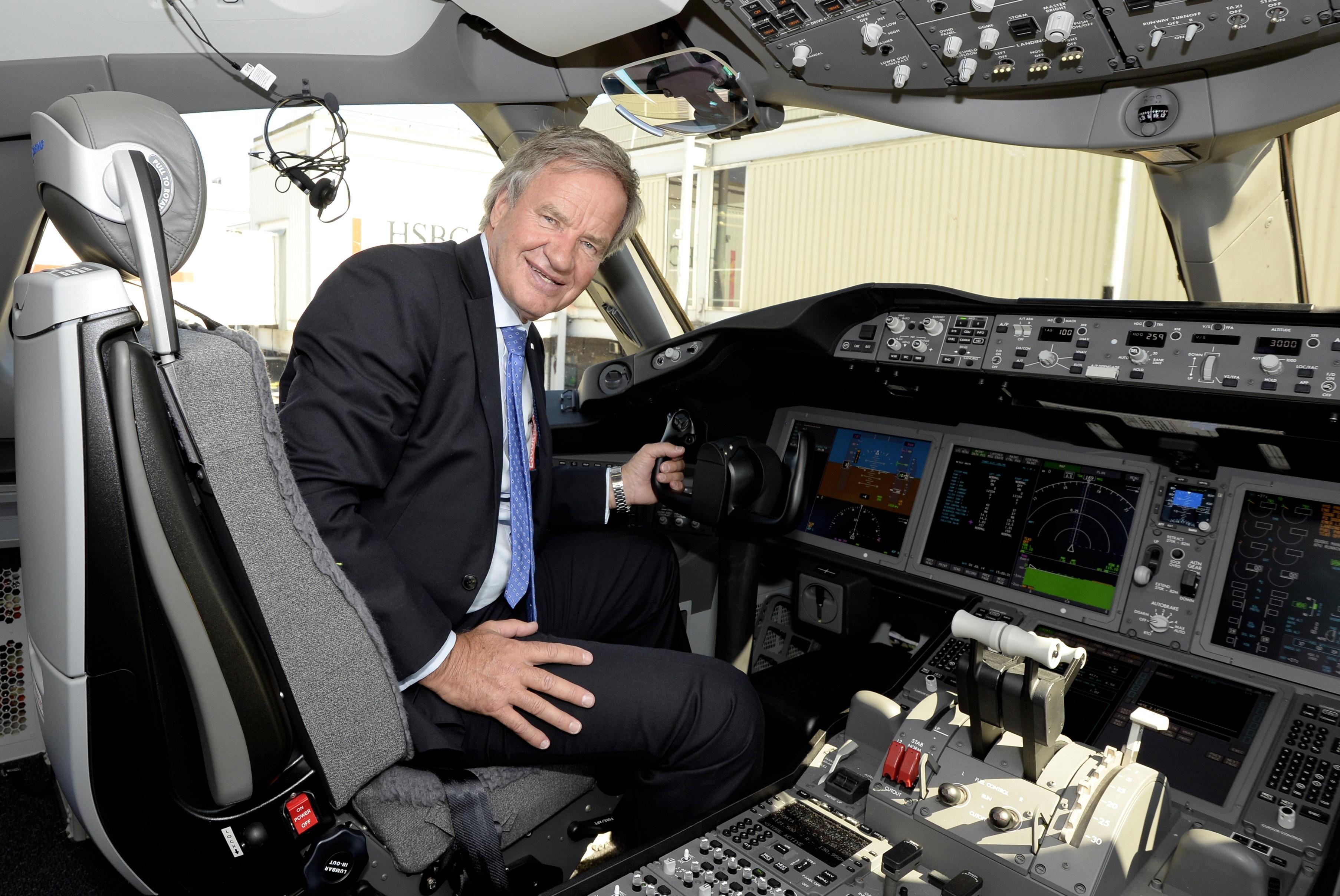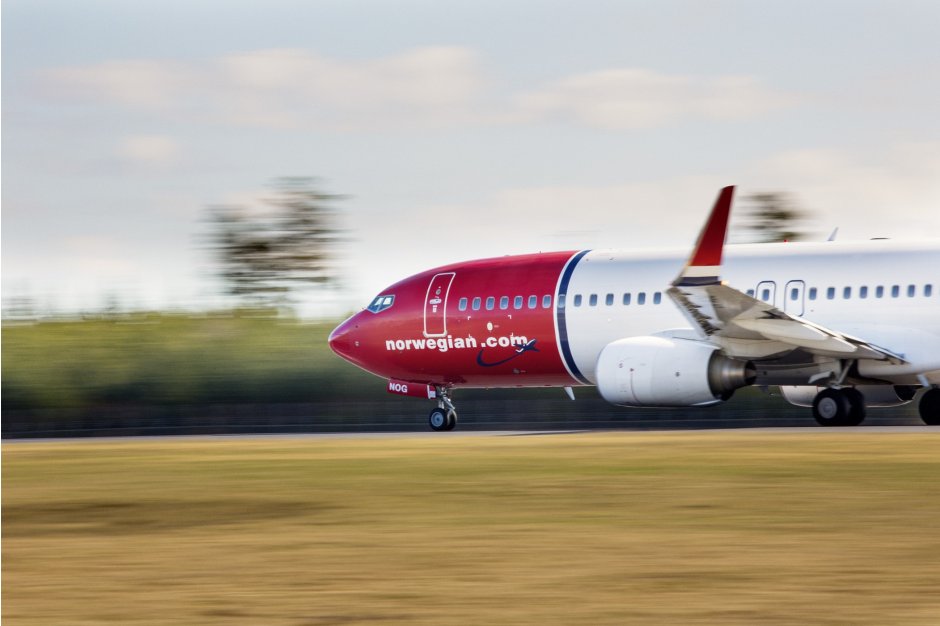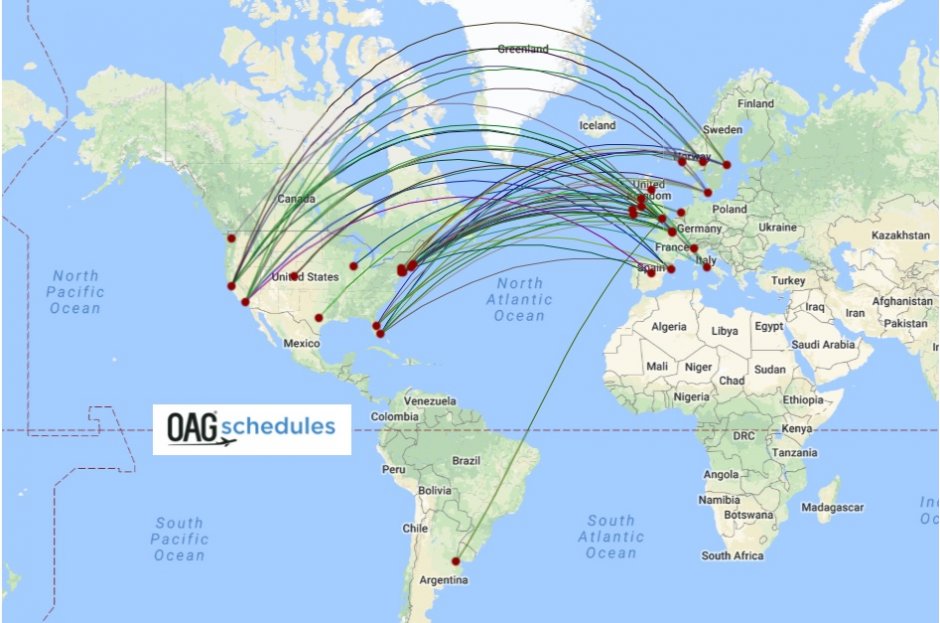
“At the right price, anything is for sale,” Norwegian’s chief executive Bjørn Kjos told reporters this week following the company’s annual general meeting.
He was speaking just days after the low-cost airline’s board confirmed that two takeover offers made by British Airways owner International Airlines Group (IAG) had been rebuffed, saying the bids undervalued the business and its future prospects.
The offers followed IAG’s acquisition in April of a 4.61 percent stake in loss-making Norwegian, with a view to opening talks about a deal.
While Kjos this week affirmed that the airline was still “planting the seeds” for further growth, he admitted that several other parties had expressed an interest and an offer could be accepted if the bid is high enough. The carrier said the interest “confirms the sustainability of the business model”.
Diverse business model
Norwegian’s diverse model includes an extensive European short-haul network, transatlantic and Asia long-haul routes, an aircraft leasing operation, and a soon-to-launch domestic carrier in Argentina.
In Europe, the carrier’s Scandinavian bases at Oslo Gardermoen, Stockholm Arlanda and Copenhagen Kastrup have grown strongly over the past five years. Capacity has increased by 29 percent, 51 percent and 46 percent respectively from 2012 to 2017, with the three collectively now accounting for more than 15 million of Norwegian’s 40.2 million available departure seats last year.
Other strong growth markets have been London Gatwick (with 2.6 million seats in 2017, compared with 881,549 seats in 2012); Barcelona El Prat (1.26 million vs 243,734); Malaga Airport (951,347 vs 315,813); and Madrid Adolfo Suarez-Barajas (802,012 vs 23,325).
At London Gatwick this summer, Norwegian will have 1.9 million available departure seats, placing it as the airport’s third largest carrier behind British Airways (2.8 million) and easyJet (6.9 million). Norwegian has now moved up to eighth in terms of capacity share in Europe and in 2017 accounted for 3.2 percent of the market, up from 2.12 percent five year earlier.

Long-haul focus
However, the carrier’s pioneering long-haul low-cost routes have attracted the most attention. Norwegian entered the market in 2013 with Boeing 787-8 operations and has since added narrow-body services with 737MAX-8 aircraft.
Its strategy has been to fly point-to-point transatlantic routes where there is little or no competition, connecting secondary cities - particularly in the US - and penetrating against a hub. In response, IAG launched budget brand LEVEL from Barcelona in summer 2017 using aircraft and crews sourced on wet lease from Spanish airline Iberia.
From July this year LEVEL will begin operating from Paris Orly, replacing the group’s OpenSkies division. It will initially fly from Paris to Montreal and Pointe-à-Pitre, before adding Fort de France and New York Newark in September 2018.
But growing the carrier organically will be difficult, meaning the purchase of Norwegian would give it immediate scale in the long-haul low-cost market. It would also significantly expand IAG’s European short-haul network, especially after missing out on a deal to buy Austrian leisure airline NIKI.
Routesonline’s analysis of OAG Schedules Analyser data shows Norwegian operates 508 routes in total and has direct competition from IAG’s subsidiaries on 60 of them. Of these, ten are transatlantic routes.
Norwegian's transatlantic routes with direct IAG competition:
London Gatwick (BA): Fort Lauderdale/Hollywood, Las Vegas McCarran, New York J F Kennedy, Oakland International, Orlando International
Madrid Adolfo Suarez-Barajas (Iberia): Los Angeles International, New York J F Kennedy
Barcelona (LEVEL): Los Angeles International, Oakland International
Paris Orly (LEVEL): Newark Liberty
In addition, competition exists on a further six transatlantic city pairs. Norwegian competes with British Airways on a city pair basis from London to Austin, Boston, Chicago, Denver, Los Angeles and Seattle.
While there is competition in the networks of Norwegian and IAG’s subsidiaries (except for Aer Lingus), 448 of Norwegian’s routes have no direct overlap. A total of 42 of these are long-haul transatlantic routes from 13 US airports, plus one from Buenos Aires in Argentina.
Norwegian's transatlantic routes with no direct IAG competition:
Austin-Bergstrom: London Gatwick
Boston Logan: London Gatwick, Paris Charles de Gaulle
Buenos Aires Ministro Pistarini: London Gatwick
Chicago O'Hare: London Gatwick
Denver: London Gatwick, Paris Charles de Gaulle
Fort Lauderdale/Hollywood: Barcelona, Copenhagen Kastrup, Oslo Gardermoen, Paris Charles de Gaulle, Stockholm Arlanda
Los Angeles International: Copenhagen Kastrup, London Gatwick, Milan Malpensa, Oslo Gardermoen, Paris Charles de Gaulle, Rome Fiumicino, Stockholm Arlanda
New York J F Kennedy: Oslo Gardermoen, Paris Charles de Gaulle, Stockholm Arlanda
New York Stewart: Belfast International, Bergen, Dublin, Edinburgh, Shannon
Newark Liberty: Barcelona, Rome Fiumicino
Oakland: Copenhagen Kastrup, Oslo Gardermoen, Paris Charles de Gaulle, Rome Fiumicino, Stockholm Arlanda
Orlando International: Copenhagen Kastrup, Oslo Gardermoen, Paris Charles de Gaulle
Providence: Belfast International, Cork, Dublin, Edinburgh, Shannon
Seattle-Tacoma: London Gatwick
In capacity terms, Norwegian has 28.9 million available seats in summer 2018 across its entire network. Analysis of OAG Schedules Analyser data shows that it faces direct competition with IAG’s subsidiaries on 7.9 million of these, or 27 percent of its total capacity.
Norwegian's transatlantic routes in summer 2018:

